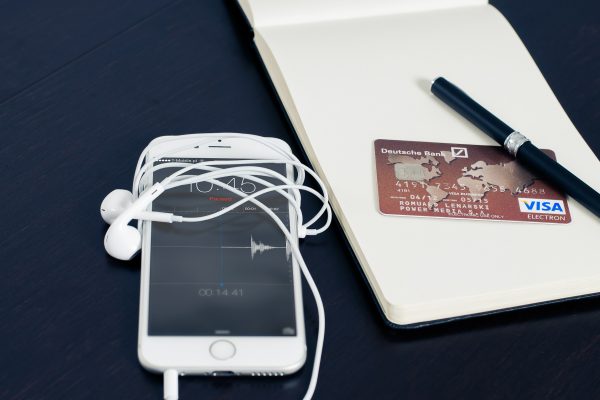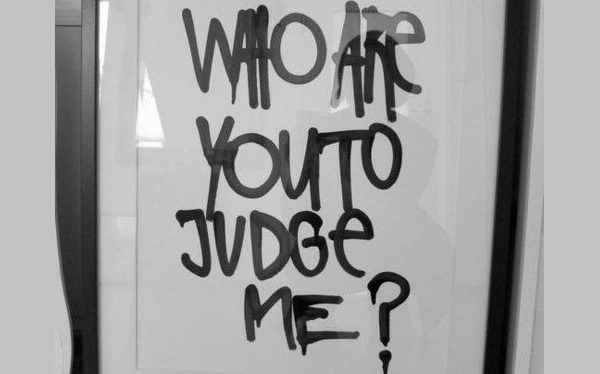Stroke: basic principles of rehabilitation
An insidious disease from which no one is immune. It is an acute violation of the blood circulation of the brain. Due to the improper functioning of the vessels, the blood flow with oxygen ceases to flow, which leads to the death of nerve cells. It is important to start rehabilitation on time and follow the doctor's recommendations.
There are three recovery periods. The most important are the first 6 months after a stroke – this is an acute stage of recovery. At this time, the lost motor functions manifest themselves. The second period from 6 months to 1 year is a late recovery period. The third period is residential, more than 1 year.
Systematic implementation of prescribed instructions and the duration of the course are the main criteria for rehabilitation in the post-stroke period. Various specialists help with recovery, these are therapists, neurologists, rehabilitologists, massage therapists, neuropsychologists, speech therapists, physical therapy specialists, social workers, physiotherapists and many others. Joint efforts will give a high-quality result. It is worth remembering that an important role is given to proper care. Regardless of where the patient is, at home or in a hospital. Relatives will play a big role if they participate in the rehabilitation and care process, thereby providing moral support.
After experiencing the disease, the patient may develop an astheno-depressive syndrome. There is increased fatigue, a tendency to depression, irritability, aggression. Rehabilitation should include not only the restoration of motor functions, but also the help of a psychologist who can prevent depression.
Basic principles of rehabilitation:
1. Diet. Reduce the amount or eliminate the consumption of salt, fried, spicy, products containing animal fat, cholesterol. Eat fish and seafood, vegetables and fruits, bread with bran, fiber, juices, low-fat cheese in the diet.
2. Bed rest. The duration of the period is determined by the type of stroke, it is necessary to follow the doctor's recommendations.
3. Drug therapy.
4. Classes with a speech therapist.
5. Physical therapy.
6. Massage.
7. Gymnastics.
8. Self-service. If the patient is not deprived of full motor function, then you need to teach yourself to eat, dress if possible.
9. Reflexology.
10. Social adaptation.
After a stroke, life does not end, but you need to be patient, because a person who has survived this disease becomes like a big child. You need to take care of him, teach him elementary things, rejoice in small successes and cheer him up when something does not work out. The compiled and performed daily routine gives the patient a sense of comfort. It is important to monitor your well-being in order to exclude a second stroke. https://inscribemedia.co.uk/
There are three recovery periods. The most important are the first 6 months after a stroke – this is an acute stage of recovery. At this time, the lost motor functions manifest themselves. The second period from 6 months to 1 year is a late recovery period. The third period is residential, more than 1 year.
Systematic implementation of prescribed instructions and the duration of the course are the main criteria for rehabilitation in the post-stroke period. Various specialists help with recovery, these are therapists, neurologists, rehabilitologists, massage therapists, neuropsychologists, speech therapists, physical therapy specialists, social workers, physiotherapists and many others. Joint efforts will give a high-quality result. It is worth remembering that an important role is given to proper care. Regardless of where the patient is, at home or in a hospital. Relatives will play a big role if they participate in the rehabilitation and care process, thereby providing moral support.
After experiencing the disease, the patient may develop an astheno-depressive syndrome. There is increased fatigue, a tendency to depression, irritability, aggression. Rehabilitation should include not only the restoration of motor functions, but also the help of a psychologist who can prevent depression.
Basic principles of rehabilitation:
1. Diet. Reduce the amount or eliminate the consumption of salt, fried, spicy, products containing animal fat, cholesterol. Eat fish and seafood, vegetables and fruits, bread with bran, fiber, juices, low-fat cheese in the diet.
2. Bed rest. The duration of the period is determined by the type of stroke, it is necessary to follow the doctor's recommendations.
3. Drug therapy.
4. Classes with a speech therapist.
5. Physical therapy.
6. Massage.
7. Gymnastics.
8. Self-service. If the patient is not deprived of full motor function, then you need to teach yourself to eat, dress if possible.
9. Reflexology.
10. Social adaptation.
After a stroke, life does not end, but you need to be patient, because a person who has survived this disease becomes like a big child. You need to take care of him, teach him elementary things, rejoice in small successes and cheer him up when something does not work out. The compiled and performed daily routine gives the patient a sense of comfort. It is important to monitor your well-being in order to exclude a second stroke. https://inscribemedia.co.uk/





